Why Permit Are One of the Most Prized Saltwater Catches
In the realm of saltwater fishing, few species inspire the same level of reverence and pursuit as the permit (Trachinotus falcatus). These elusive, powerful fish have earned their place among the most coveted trophies in the angling world, forming one-third of the prestigious “flats grand slam” alongside bonefish and tarpon.
With their distinctive disc-shaped silhouettes, wary nature, and explosive fighting ability, permit represent the ultimate challenge for many saltwater enthusiasts. Their mystique extends beyond mere sport—permit fishing has evolved into a specialized art form that requires patience, skill, and persistence, rewarding successful anglers with not just a catch but an accomplishment worth celebrating.
The Biological Marvel of Permit
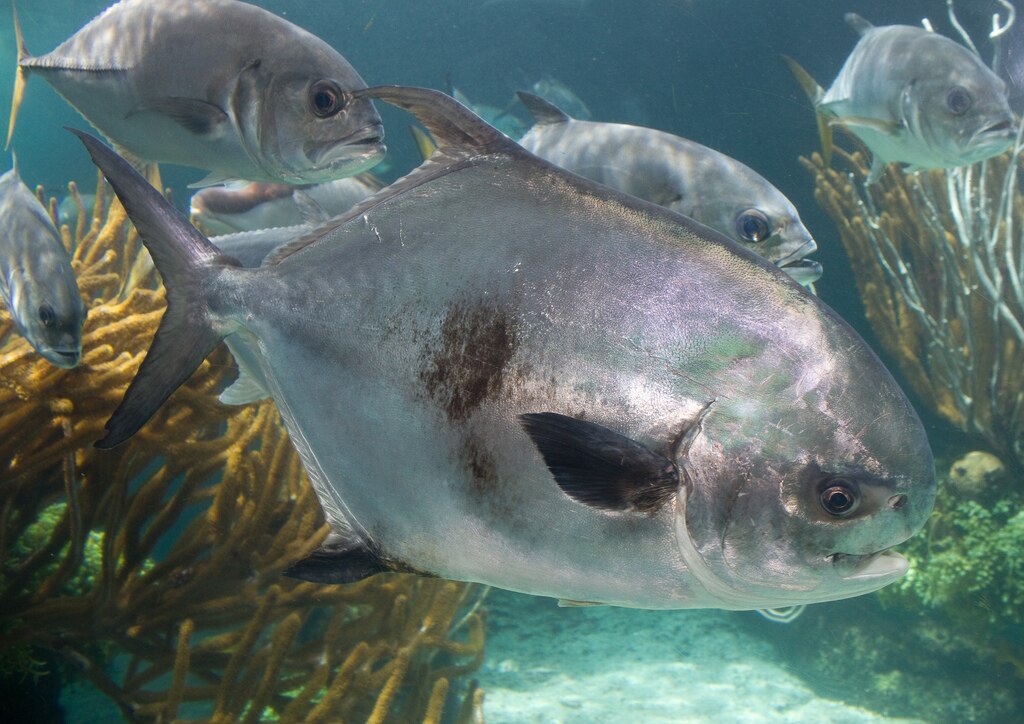
Permit belong to the Carangidae family, which includes jacks, pompanos, and trevallies, but they stand apart with their unique physical characteristics. Their deeply compressed, disc-shaped bodies are covered in small, reflective silver scales that flash brilliantly in tropical sunlight, while their dorsal fins are dramatically elongated.
An adult typically range from 20 to 40 pounds in weight, though specimens exceeding 60 pounds have been documented in exceptional cases. Their physical design combines speed, maneuverability, and power—attributes that make them formidable opponents on light tackle. What’s particularly fascinating about permit is their specialized mouth structure, featuring plate-like teeth perfect for crushing the hard shells of crabs and other crustaceans that form the bulk of their diet.
Habitat and Distribution
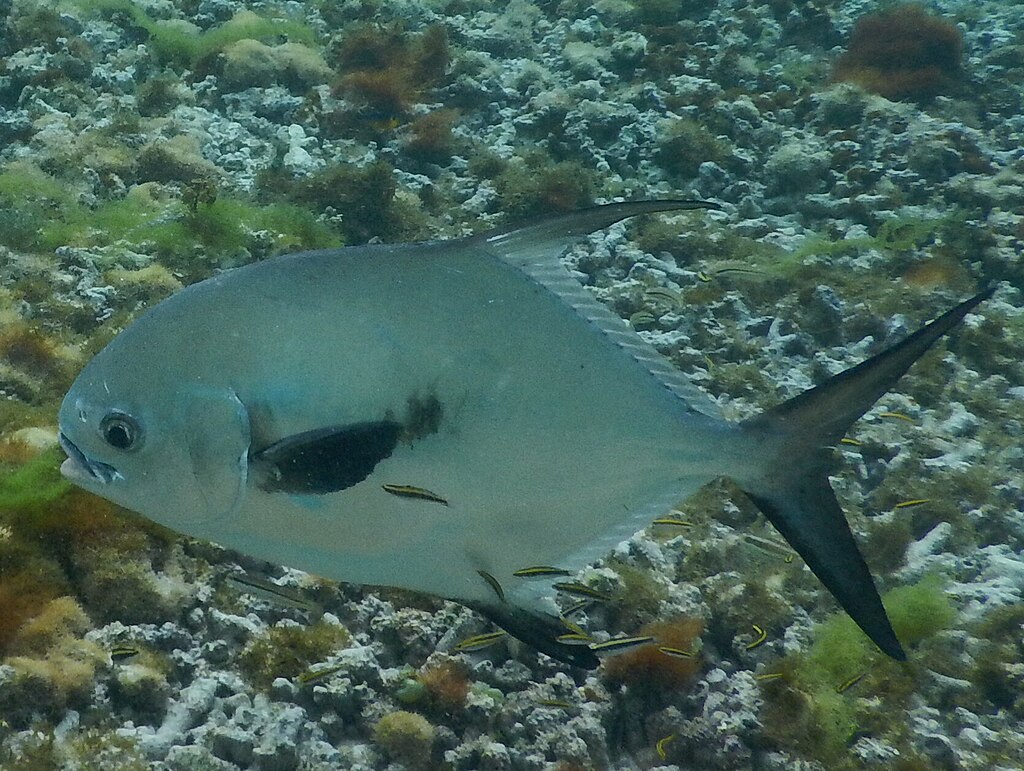
Permit primarily inhabit the warm, tropical waters of the western Atlantic Ocean, Gulf of Mexico, and Caribbean Sea, with their range extending from Florida to Brazil. These fish display remarkable habitat versatility, moving between shallow flats, deeper reefs, wrecks, and channel edges throughout their lifecycle. The most iconic permit fishing occurs on shallow, sun-drenched flats where they feed on crustaceans, often with their distinctive tails and dorsal fins visible above the water—a sight known as “tailing.”
During spawning periods, typically from late spring through summer, they gather in large aggregations around offshore structures, offering rare opportunities to target these normally solitary fish in groups. Their migratory patterns are influenced by water temperature, food availability, and reproductive cycles, requiring anglers to understand their seasonal movements.
The Ultimate Sight-Fishing Challenge
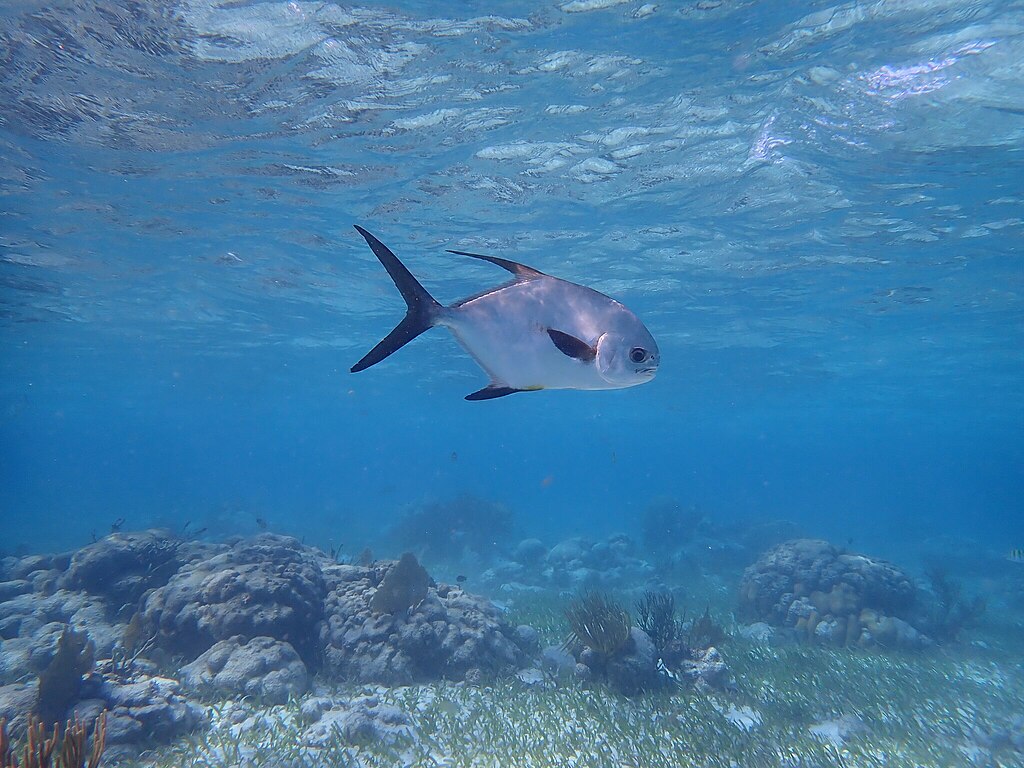
What sets permit fishing apart from many other angling pursuits is the emphasis on sight-fishing—the visual hunt for individual fish on shallow flats. This approach requires anglers to spot fish before casting, often necessitating elevated positions on poling platforms or specialized flats skiffs. Spotting permit demands trained eyes that can distinguish their silhouettes from shadows, ripples, or other species, a skill that takes years to develop fully.
The challenge intensifies as permit are notoriously spooky, with exceptional vision and sensitivity to pressure waves in the water, often detecting an angler’s presence long before a cast can be made. This combination of difficulty in spotting and approaching permit creates a hunting experience that many anglers find addictive despite (or perhaps because of) the frequent frustration involved.
The Art of Presentation
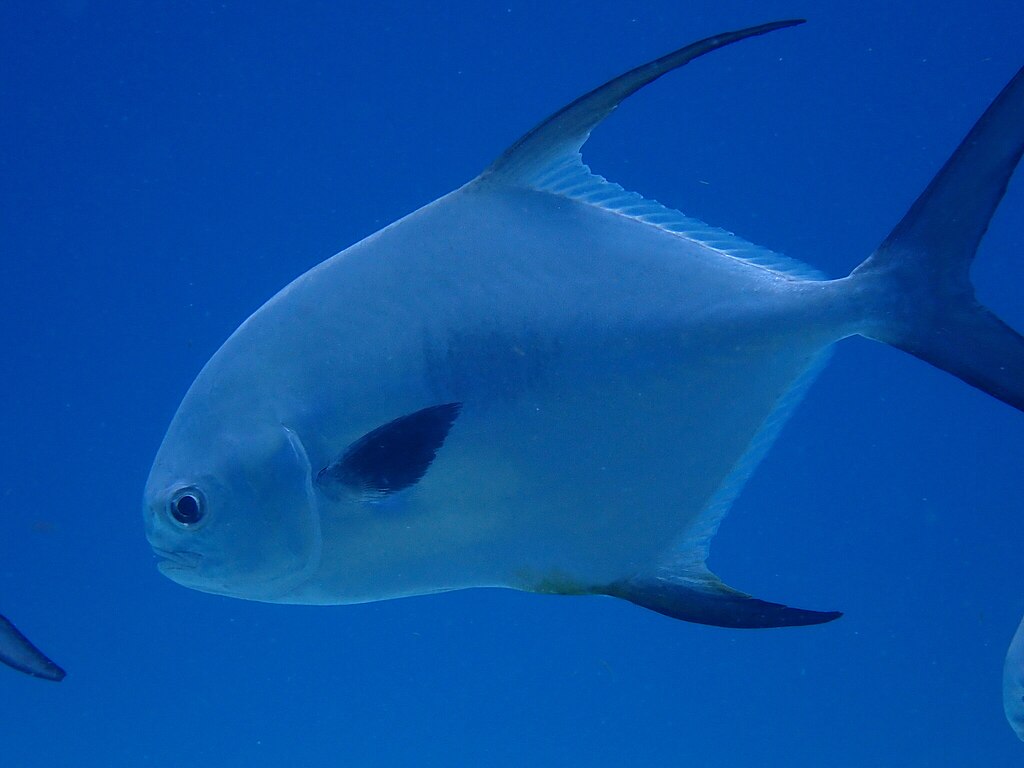
Successfully fooling a permit requires not just finding the fish but presenting a fly or bait with exceptional precision and naturality. Casts must land softly enough not to spook these wary creatures yet close enough to draw their attention, typically within a few feet of the fish’s path. The retrieve or drift must perfectly mimic the movement of natural prey, particularly crabs scuttling along the bottom or shrimp trying to escape.
Permit have evolved highly selective feeding behaviors, often investigating potential food items thoroughly before committing to eat. Even experienced anglers typically face numerous refusals before achieving success, making each take feel like a hard-won victory. The margin for error is incredibly slim—too aggressive a presentation spooks the fish, while too subtle an approach goes unnoticed.
Tackle and Equipment Considerations
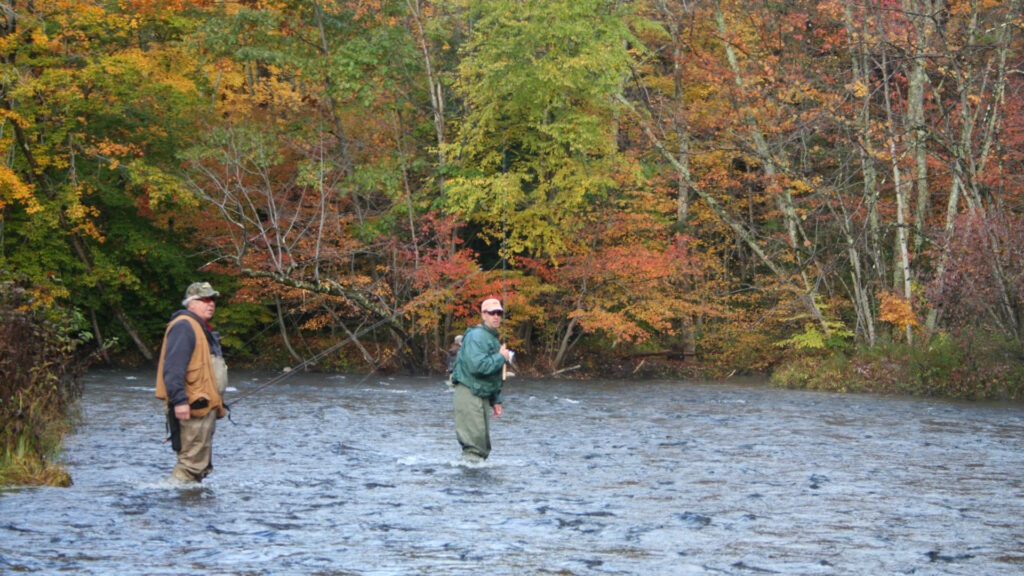
The specialized nature of permit fishing has driven the development of equipment specifically designed for the challenge. Fly anglers typically use 9 to 10-weight rods with large-arbor reels holding at least 200 yards of backing, necessary to handle the permit’s blistering initial runs. Conventional tackle anglers often select light spinning gear with smooth drags and braided line for maximum sensitivity and casting distance.
Leaders must balance strength with invisibility, typically ranging from 10 to 20 pounds in test strength and extending 9 to 12 feet. Fly patterns like the Merkin crab, Bauer crab, and EP shrimp dominate permit fly boxes, while conventional anglers rely heavily on live crabs, particularly during prime feeding periods. The investment in specialized gear reflects the technical demands of the pursuit and the high value anglers place on permit success.
The Psychological Game
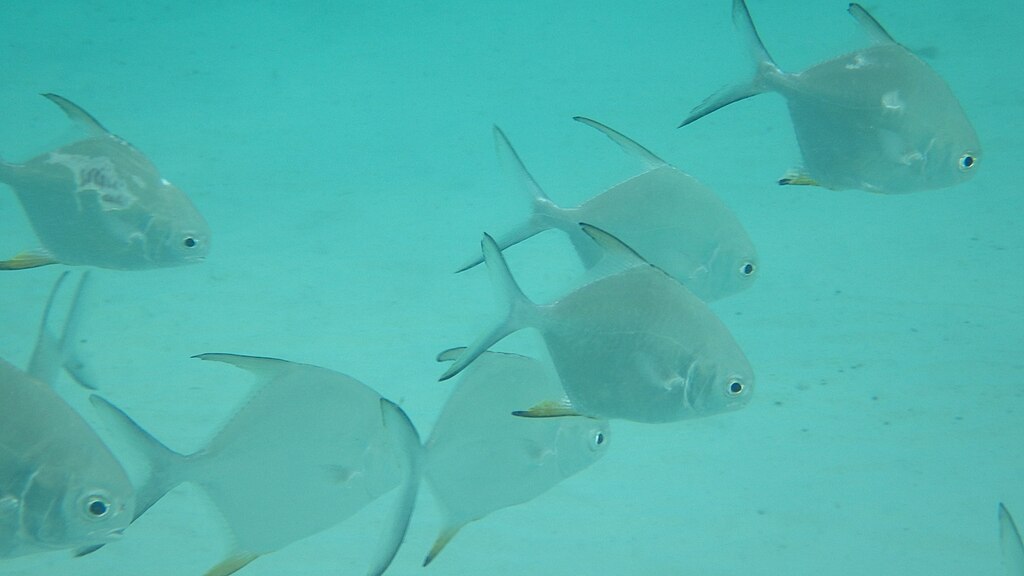
Permit fishing is as much a mental challenge as a physical one, testing an angler’s patience, composure, and resilience. Many experienced guides refer to “permit fever”—the nervous excitement that overtakes anglers when a permit appears within casting range, often leading to rushed casts or poor presentations. Learning to control this adrenaline surge is essential for consistent success, as is developing the mental fortitude to handle frequent rejection without becoming discouraged.
The psychological aspect extends to reading the fish’s behavior, understanding when to be aggressive versus patient, and making split-second decisions based on subtle cues. Veteran permit anglers often cite the mental game as the most difficult aspect to master, with the ability to stay focused and positive through long periods without success separating the accomplished from the aspirational.
The Permit’s Legendary Fighting Ability
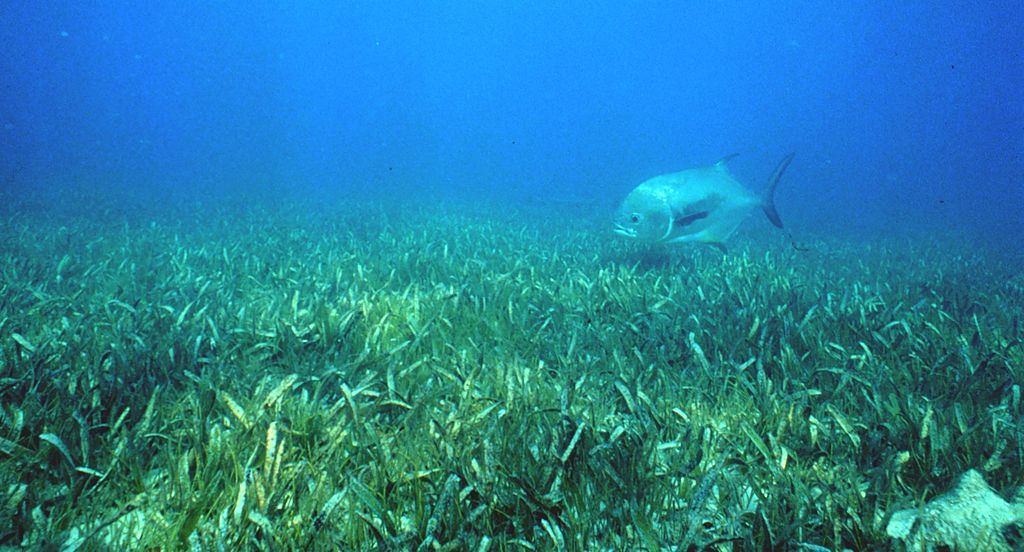
When a permit does commit to taking a fly or bait, the ensuing battle showcases why these fish are so revered among anglers. Their initial run is typically explosive, stripping line from reels at alarming speeds and often covering 100 yards or more before slowing. This first rush is followed by powerful, bulldogging tactics as the fish uses its disc-shaped body as leverage against the angler’s pressure.
Permit have exceptional stamina, with fights commonly lasting 20-30 minutes on appropriate tackle, and much longer for larger specimens. What makes permit particularly challenging to land is their tendency to make repeated runs just when they appear ready for netting or landing, requiring anglers to maintain focus throughout the entire encounter. This combination of speed, power, endurance, and tactical intelligence creates a fishing experience that many consider unmatched in saltwater angling.
Prime Destinations for Permit Pursuit
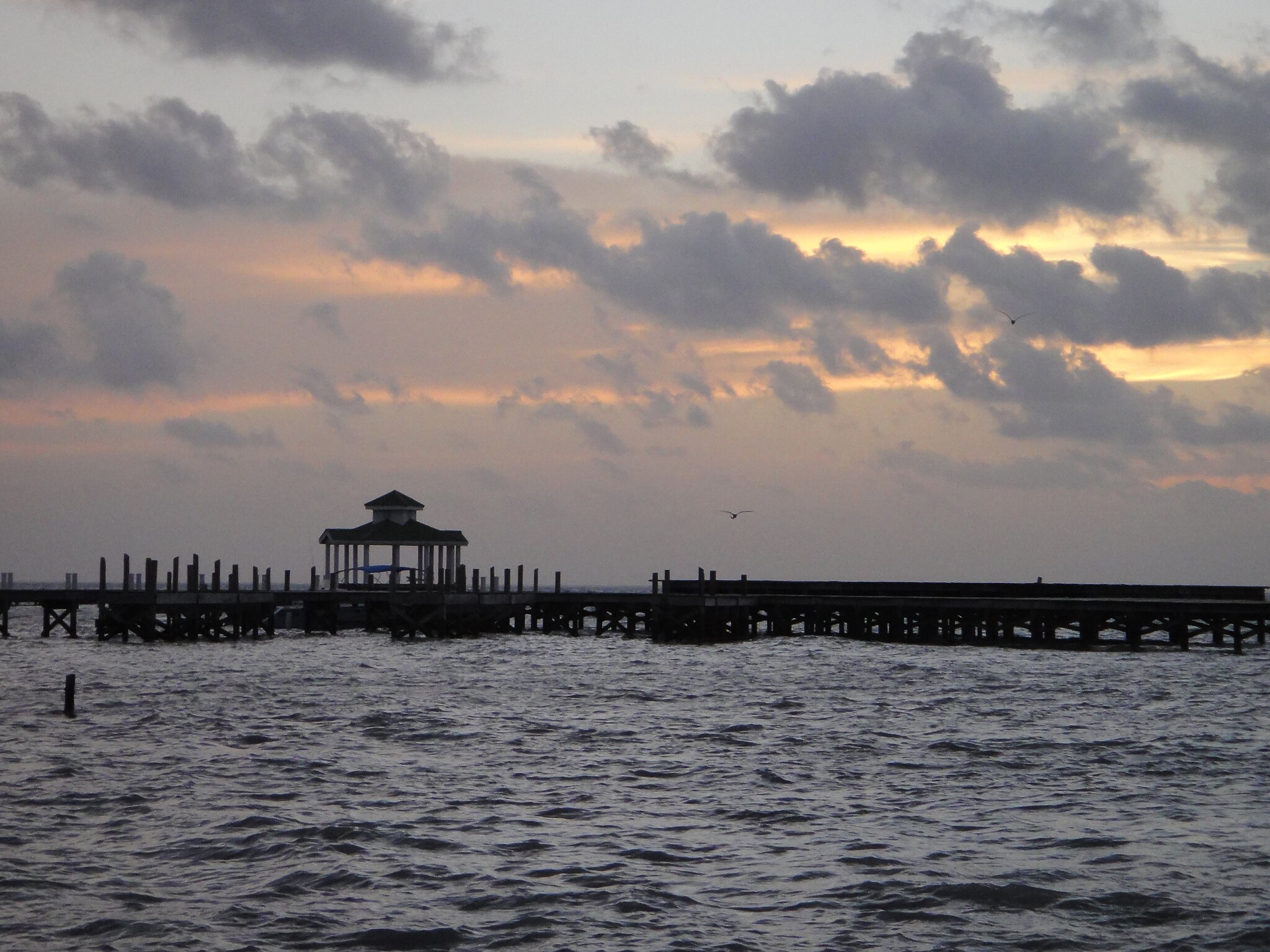
Several locations have earned reputations as permit fishing meccas, drawing enthusiasts from around the world.
The flats of the Florida Keys represent the birthplace of modern permit fishing, with areas like Lower Keys and Marquesas offering legendary opportunities year-round. Belize’s expansive flats system, particularly around Ambergris Caye and Turneffe Atoll, provides vast habitat where permit can be found tailing in gin-clear waters. Mexico’s Yucatan Peninsula, especially the regions of Ascension Bay and Espiritu Santo Bay, has become synonymous with permit fishing, offering protected waters and healthy populations. Cuba’s pristine flats in regions like Jardines de la Reina and Cayo Largo provide less-pressured opportunities as the country has opened to more international anglers.
Each destination offers unique characteristics in terms of average fish size, population density, seasonal patterns, and fishing pressure.
The Evolution of Permit Fishing Techniques

Permit fishing methodology has undergone significant evolution since the species first gained popularity among sport anglers in the 1950s and 60s. Early pioneers like Del Brown revolutionized the approach by developing specialized flies like the Merkin crab and techniques specifically tailored to permit’s feeding habits. The introduction of technical flats skiffs with poling platforms dramatically expanded accessible habitat and improved stealth approaches.
Advancements in fly line technology, particularly clear intermediate and slow-sinking lines, have enabled more effective presentations in varying water depths and conditions. Modern permit fishing continues to evolve, with techniques like “snaking” line to achieve longer, more accurate casts without false casting, and the development of increasingly realistic crab and shrimp imitations that trigger strikes from even the most selective fish.
Conservation Concerns and Sustainability
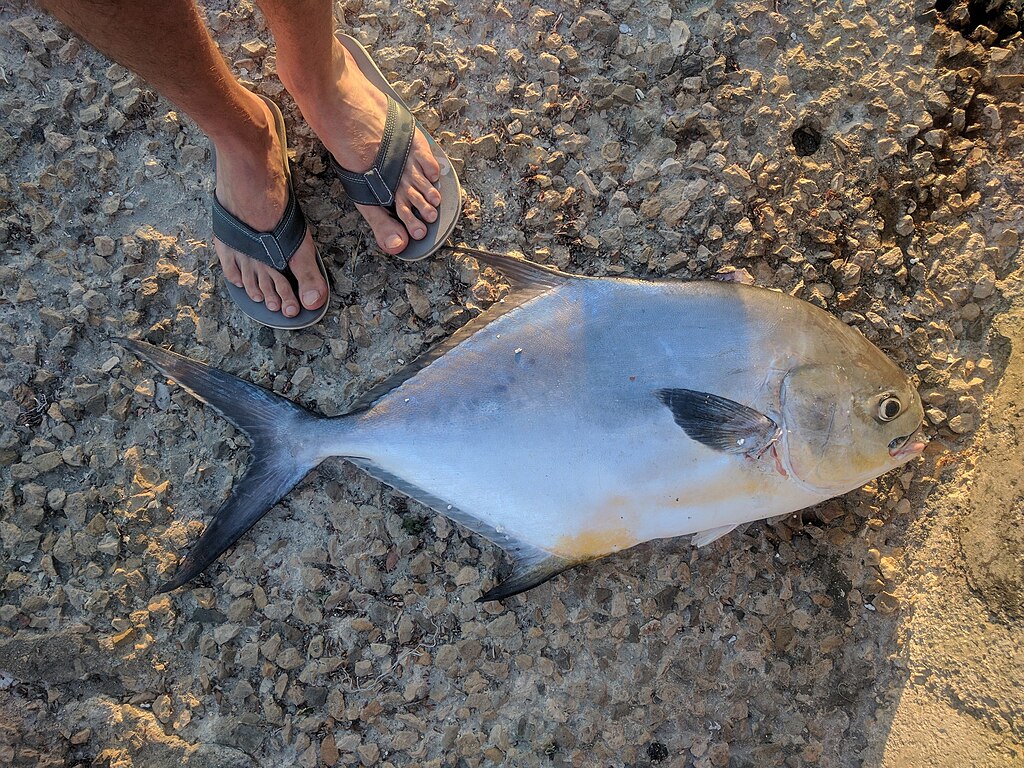
As permit fishing popularity has grown, so too has awareness of the need for conservation measures to protect these prized gamefish. Unlike many other popular saltwater species, permit grow relatively slowly and have specific habitat requirements, making them potentially vulnerable to overfishing and environmental degradation. Several key permit destinations have implemented catch-and-release regulations or limited harvest rules to ensure sustainable populations.
Organizations like Bonefish & Tarpon Trust have conducted extensive research on permit migration patterns, spawning aggregations, and habitat needs, providing valuable data for conservation efforts. The permit’s economic value as a sportfish far exceeds its value as table fare, creating incentives for local communities to protect populations and habitat. Responsible anglers now commonly use barbless hooks, minimize handling time, and keep fish in the water during photography to ensure high survival rates after release.
The Cultural Significance of Permit
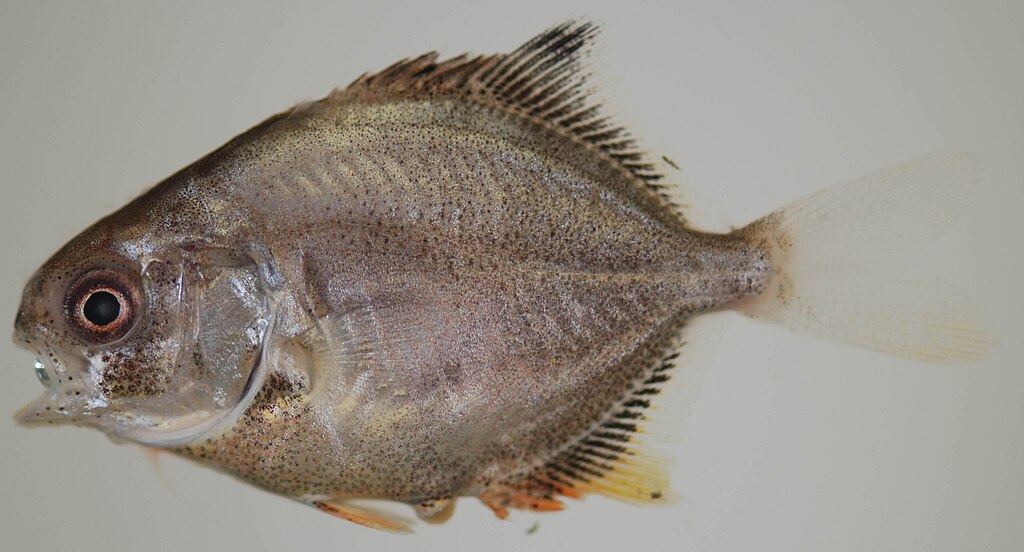
Beyond their sporting appeal, permit have achieved a unique cultural status in fishing communities throughout their range. In destinations like the Florida Keys and coastal Belize, permit fishing has become interwoven with local identity and economic structures, supporting guides, lodges, and related businesses. The pursuit has inspired countless books, films, and artwork celebrating both the fish and the challenging experience of pursuing them.
Permit feature prominently in fishing traditions and tournaments, with events like the Del Brown Permit Tournament and the March Merkin drawing elite anglers annually. For many guides, a reputation for consistently putting clients on permit represents the pinnacle of professional achievement and status within the community. This cultural significance extends to conservation ethic, with permit serving as flagship species whose protection benefits entire coastal ecosystems.
The Personal Journey of Permit Anglers

For many dedicated saltwater anglers, the relationship with permit evolves into a lifelong pursuit marked by distinctive milestones and personal growth. The first permit spotted, first cast made, first refusal witnessed, and ultimately first fish landed become indelible memories that practitioners can recall with cinematic detail years later.
Many anglers describe permit fishing as transformative, teaching patience, humility, and perseverance that extends beyond fishing into other aspects of life. The learning curve is famously steep, with most anglers experiencing dozens if not hundreds of unsuccessful encounters before achieving consistent success. This extended apprenticeship creates a natural mentorship culture, with knowledge passed down from experienced permit anglers to novices through guided trips, fishing clubs, and informal networks.
The shared experience of permit pursuit has formed lasting friendships and communities united by mutual respect for one of angling’s ultimate challenges.
Joining the Permit Pursuit

For anglers inspired to take up the permit challenge, certain approaches can improve the odds of success and enhance the experience. Beginning with guided trips in prime destinations provides invaluable education that can accelerate the learning curve significantly, as professional guides offer immediate feedback on presentations and help anglers identify opportunities they might otherwise miss.
Dedicating time to practicing casting accuracy and distance before the trip pays dividends on the water, as does familiarizing oneself with permit behavior through books, videos, and conversations with experienced anglers. Starting with conventional tackle using live crabs often provides higher success rates for beginners before advancing to the additional challenge of fly fishing.
Most importantly, approaching permit fishing with realistic expectations and valuing the entire experience—not just successful catches—allows newcomers to appreciate the journey rather than becoming discouraged by the inevitable challenges and refusals.
Conclusion

The permit’s status as one of saltwater fishing’s most prized catches stems from this perfect storm of challenge, beauty, power, and elusiveness. These silver ghosts of the flats demand more from anglers than perhaps any other species—technical skill, patience, preparation, and mental fortitude. Yet it’s precisely this difficulty that makes success so meaningful when it comes. For those who have experienced the heart-stopping moment when a permit confidently takes a fly or bait after a perfect presentation, or felt the raw power of that first blistering run, the addiction is completely understandable.
In a world where instant gratification is increasingly the norm, permit fishing offers something increasingly rare: an authentic challenge where success must truly be earned through dedication, skill, and persistence.














Post Comment